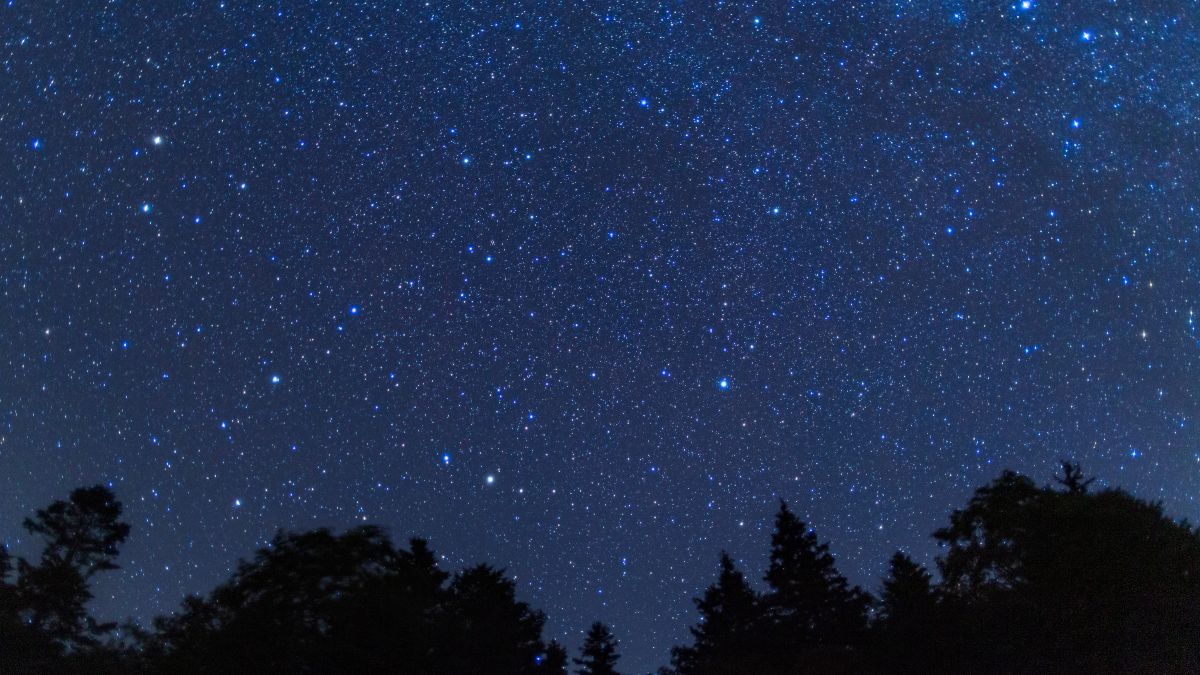Looking at the night sky has inspired civilizations for tens of thousands of years, but a new proposal on satellite-based advertising might inspire us to look away.
Russian scientists are exploring the feasibility of advertising from space in the form of displaying giant pixel images to suckers on the ground, reports The Register, essentially turning the sky into a global version of the downtown in Bladerunner.
This wouldn't be shuttles flying giant banners or anything like that. Instead, they propose a satellite system that can project a constellation of bright artificial stars formed into an image, or in this case, an advertisement.
"A long-term space advertising mission would rely on a complex satellite system orbiting the Earth and demonstrating pixel images to observers on the ground," concludes the study from the Skolkovo Institute of Science and Technology and Moscow Institute of Physics and Technology.
"In this case, an advertisement appears as a constellation of bright artificial stars formed into an image that can be observed in clear night sky for several minutes."
How it Works
The paper entitled "Satellite Formation Flying for Space Advertising: From Technically Feasible to Economically Viable" contains equations and charts I can't begin to understand, but the general idea is this: The satellite formation would involve placing CubeSats equipped with solar reflectors in a low orbit in unison with the sun's light.
"The type of orbit guarantees that formation satellites will always be lit by the Sun," the paper states, "and its access area will constantly include points on Earth where the lighting condition is satisfied."
As a result, they would be visible from the ground as bright stars, and could be programmed into any formation as quasi space billboards, so "the group of satellites brought into a specific orbital configuration can be seen as a pixel image."
Where you'd normally see something totally not profitable like the beautiful night sky, you may instead see "Taste the Rainbow" or "Drink Coke" or a really rich guy proposing to his girlfriend and getting a "No" via skywriter.
Not the First Plan of this Sort
The scientists note similar projects have been proposed in the past, like the 1989 Eiffel Tower centennial in which there was a plan to "deploy a string of a hundred solar reflectors in the low-Earth orbit (LEO) to form a ring of light, visible throughout the world." At the Atlanta Olympics in 1996, the idea was a "big reflective sheet with a length of a mile and width of a quarter-mile that would be visible on Earth."
Where this current proposal differs, according to the Russian scientists, is that those were for single events and relied on "a space structure rather than on a satellite formation to display the graphics."
While much of the paper focuses on the feasibility of such space advertising, it also explores how economically viable it would be in terms of turning a profit. Long story short: it would totally be profitable.
The scientists estimate the cost at $65 million, and the profit from companies paying for space-defying ads at $111 million. It may end up redefining the Super Bowl advertisement, and you'll probably have a much harder time changing the channel.
Source: The Register

